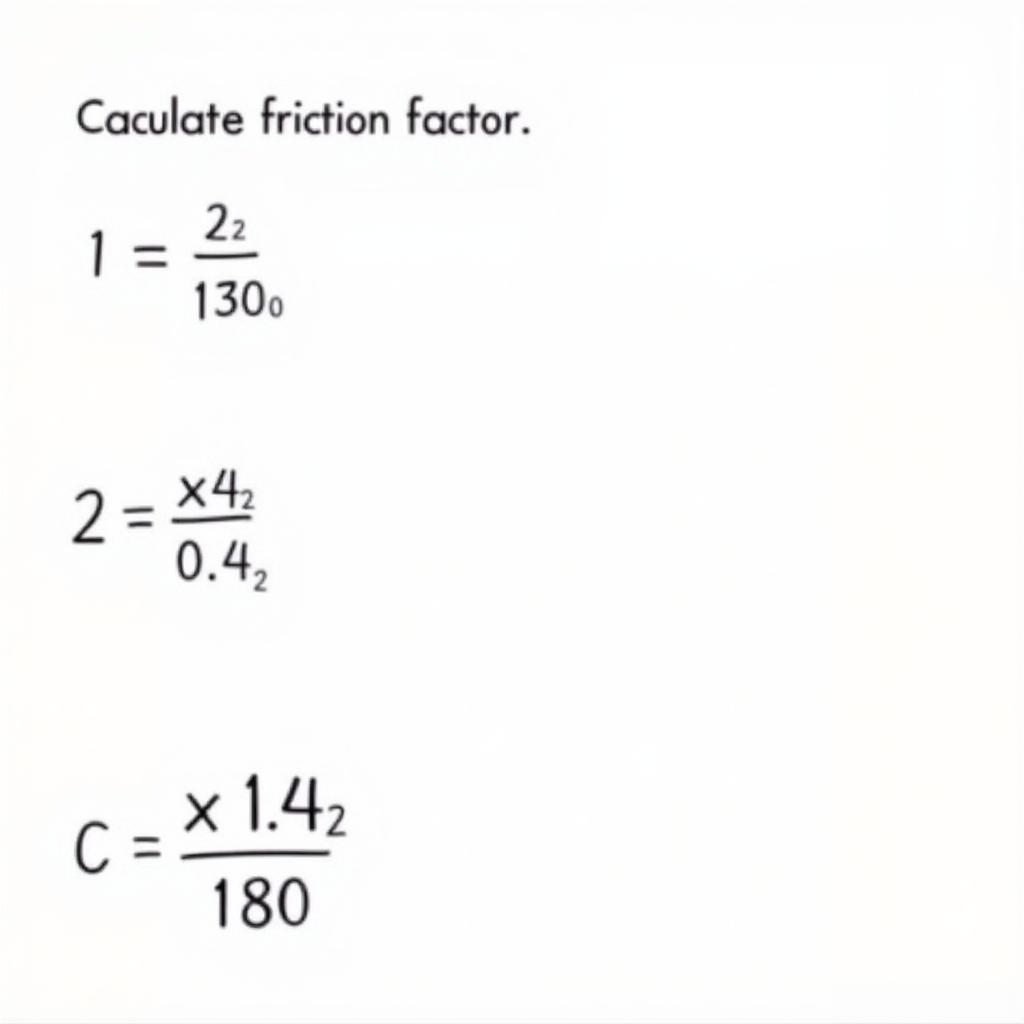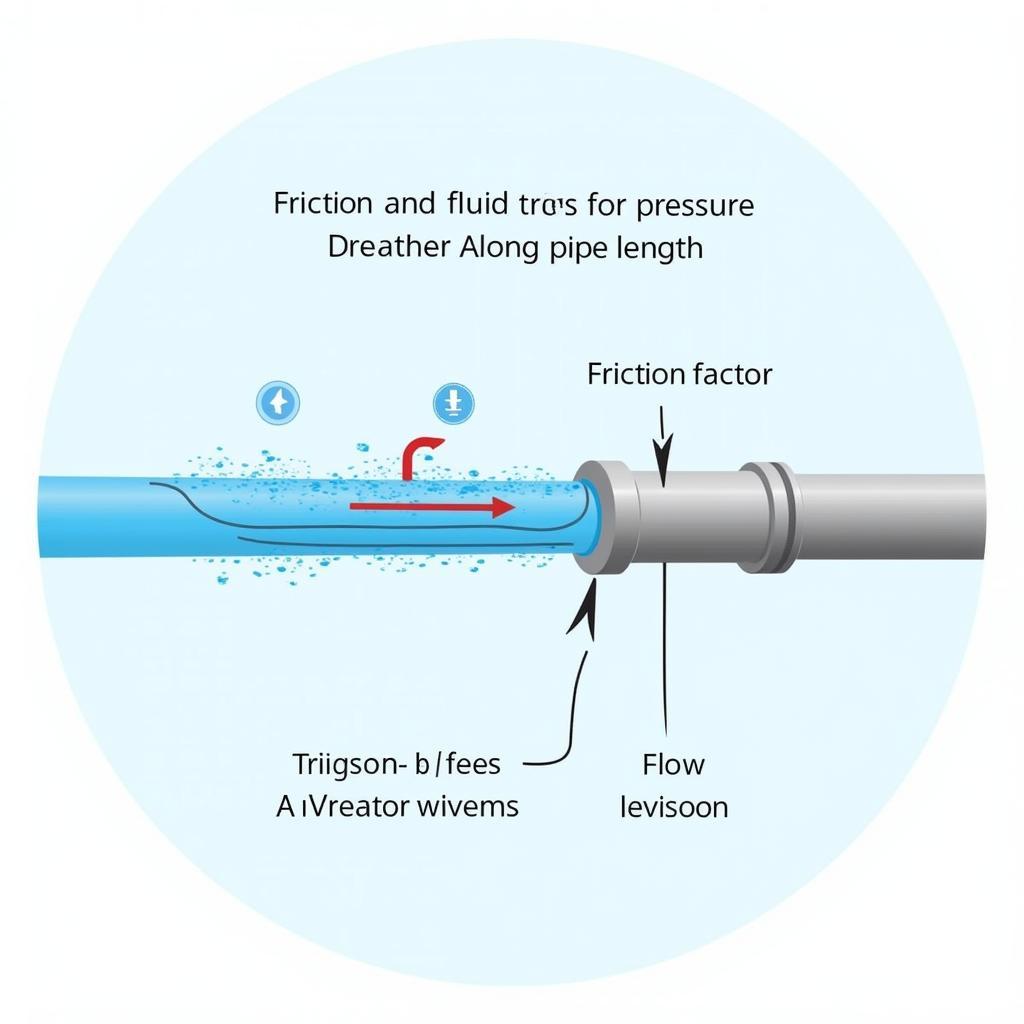Haaland or Colebrook Equations: Which to Use for Friction Factor Calculation?
December 30, 2024The Haaland and Colebrook equations are both used to calculate the Darcy friction factor, a crucial parameter in fluid dynamics, especially when dealing with pressure drop calculations in pipes. Choosing between the Haaland or Colebrook equation often depends on the desired balance between accuracy and computational efficiency.
Understanding the Darcy Friction Factor
The Darcy friction factor (f) quantifies the resistance to flow in a pipe due to friction. It’s a dimensionless quantity used in the Darcy-Weisbach equation to determine head loss or pressure drop. The value of f depends on the Reynolds number (Re) and the relative roughness (ε/D) of the pipe.
The Colebrook-White Equation: The Gold Standard
The Colebrook-White equation, often referred to as just the Colebrook equation, is considered the most accurate implicit equation for calculating the friction factor in turbulent flow. It is defined as:
1 / √f = -2.0 log10((ε/D) / 3.7 + 2.51 / (Re √f))
However, its implicit nature requires iterative methods to solve for f, making it computationally more intensive.
The Haaland Equation: A Practical Approximation
The Haaland equation is an explicit approximation of the Colebrook equation, offering a simpler and faster way to calculate the friction factor:
1 / √f = -1.8 * log10(((ε/D) / 3.7)^1.11 + 6.9 / Re)
 Haaland Equation Calculation Example
Haaland Equation Calculation Example
While slightly less accurate than the Colebrook equation, the Haaland equation provides a good approximation, especially for engineering applications where rapid calculations are essential.
When to Use Which Equation?
- High Accuracy Required: If high precision is paramount, the Colebrook equation, despite its computational cost, remains the preferred choice. This is particularly true for research and highly sensitive applications.
- Quick Estimations or Engineering Design: For most engineering applications, including design calculations and quick estimations, the Haaland equation offers a practical balance of accuracy and computational speed.
- Software and Spreadsheets: Many commercial software packages and spreadsheets utilize the Haaland equation for its efficiency.
Haaland Friction Factor: An Important Parameter
Understanding the haaland friction factor is crucial for accurately modeling fluid flow in pipes. Accurate friction factor calculation enables engineers to predict pressure drop and design efficient piping systems.
 Friction Factor in Pipe Flow
Friction Factor in Pipe Flow
Conclusion: Choosing the Right Tool for the Job
Both the Haaland and Colebrook equations serve the purpose of calculating the Darcy friction factor. The Colebrook equation offers superior accuracy but requires iterative calculations, while the Haaland equation provides a quick and reasonably accurate approximation. Choosing between them depends on the specific application and the desired balance between accuracy and computational efficiency. Ultimately, understanding both equations allows engineers to select the most appropriate tool for the job, ensuring accurate and efficient fluid flow analysis.
FAQ
- What is the Darcy friction factor?
- What is the difference between the Haaland and Colebrook equations?
- When should I use the Colebrook equation?
- When is the Haaland equation a suitable alternative?
- What parameters are needed to calculate the friction factor?
- How does the friction factor affect pressure drop in pipes?
- Where can I find more information about fluid mechanics and pipe flow calculations?
If you need further assistance, please contact us. Phone Number: 0396443476, Email: [email protected] Or visit us at: 23 Tháng 3, Đắk Nia, Gia Nghĩa, Đắk Nông, Việt Nam. We have a 24/7 customer support team.